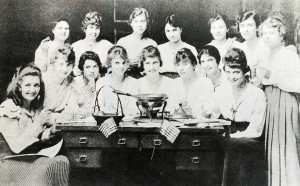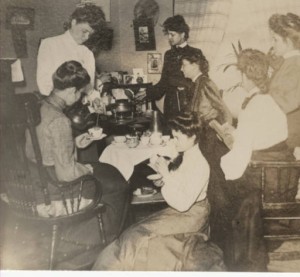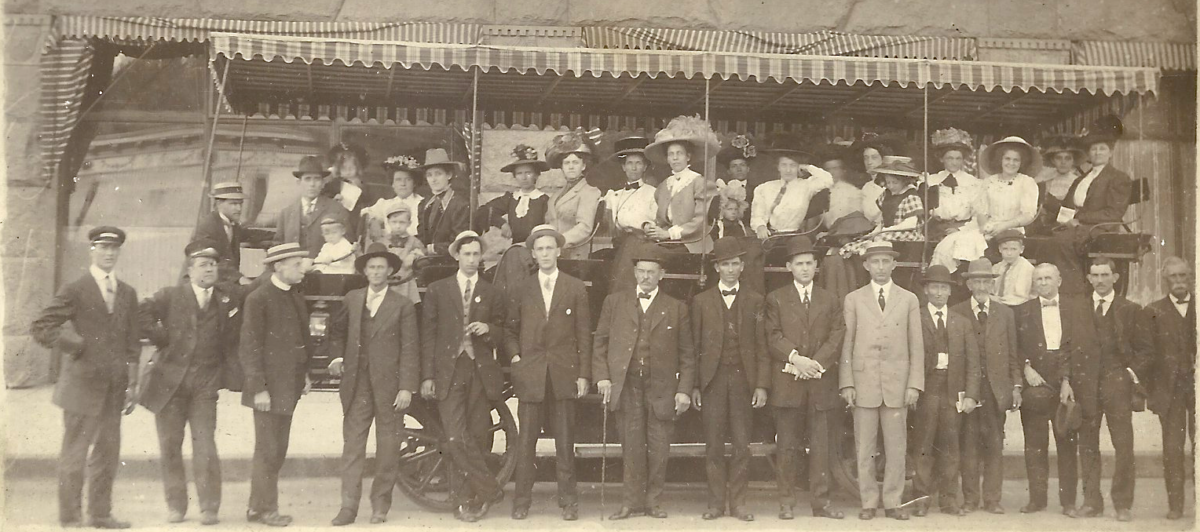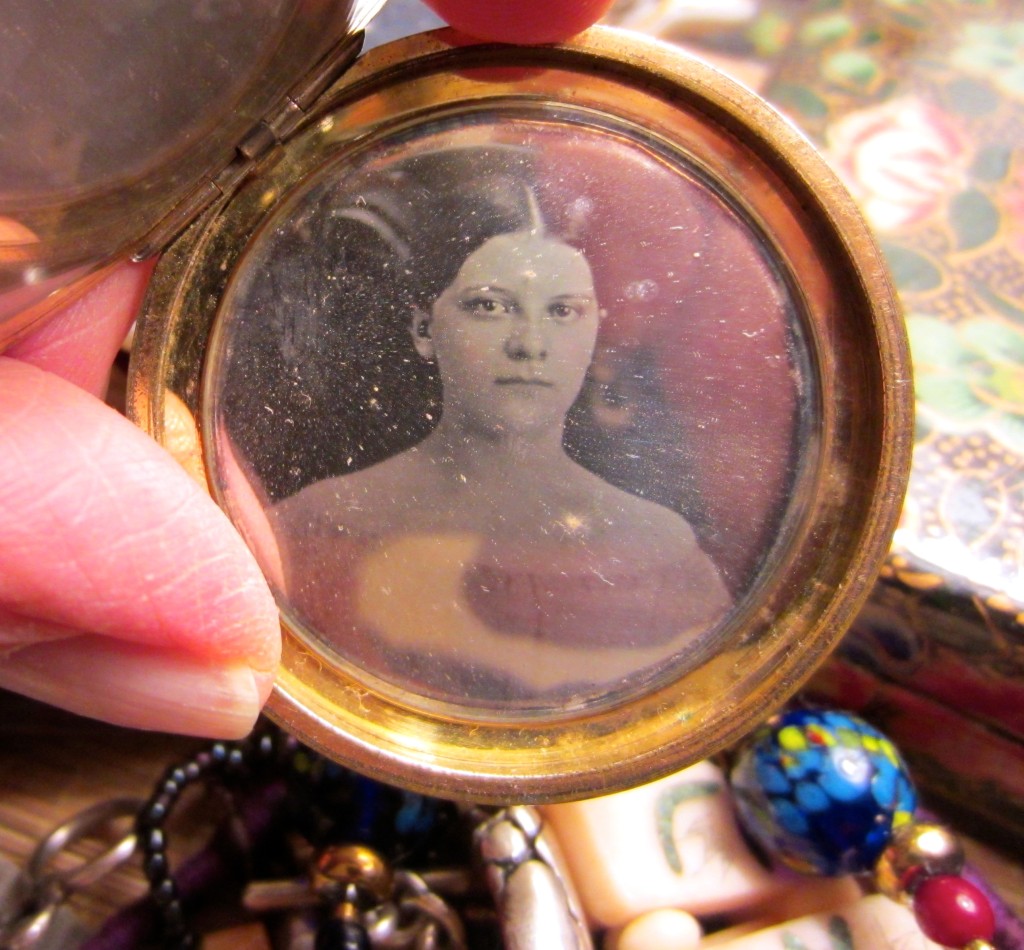
Granny came back home on January 8th. As I mentioned in an earlier post, the house where Jessie and her family lived was Granny’s house. It had been her father’s, Col. E.H. Porter’s, country or farm home. (See the post, Late November 1909) Granny, whose name was Mary Porter Swayne, was Jessie’s maternal grandmother. She seemed to divide her time among all her children and their families, and had just returned home from spending Christmas in Gates. Within a few days Granny fell ill, and 2 weeks from the day she came home, she died, probably from a stroke. She was 77 years old. There really was no good treatment for strokes in the early 1900s. Granny was unconscious most of the time, but a nurse was hired to stay with her, which I am sure was a luxury that many people could not afford. On Monday, January 23, the day after Granny died, they had the funeral at the Old Brick Church (whose land the Porter family had donated many years earlier) and burial at Elmwood in the Swayne family plot. The grandsons were the pallbearers.
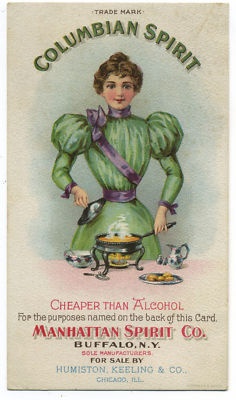 On a lighter note, Jessie’s father gave her a chafing dish for Christmas. That seems to have been one of Jessie’s favorite presents, and, in fact, there was a chafing dish craze going on at the time. College students, bachelors, society dames, teenagers, housewives — everybody seemed to use the chafing dish or know someone who did. Chafing dish recipe booklets were published. Perhaps the renaissance of the chafing dish was brought on by the increasing availability of convenience foods, but the chafing dish itself was an ancient method of heating or slow cooking foods and sauces. Welsh rarebit and fudge may have been the most popular dishes fixed in this early 1900s chafing dish craze. Jessie and her friends had many chafing dish parties in which they usually made fudge.
On a lighter note, Jessie’s father gave her a chafing dish for Christmas. That seems to have been one of Jessie’s favorite presents, and, in fact, there was a chafing dish craze going on at the time. College students, bachelors, society dames, teenagers, housewives — everybody seemed to use the chafing dish or know someone who did. Chafing dish recipe booklets were published. Perhaps the renaissance of the chafing dish was brought on by the increasing availability of convenience foods, but the chafing dish itself was an ancient method of heating or slow cooking foods and sauces. Welsh rarebit and fudge may have been the most popular dishes fixed in this early 1900s chafing dish craze. Jessie and her friends had many chafing dish parties in which they usually made fudge.
